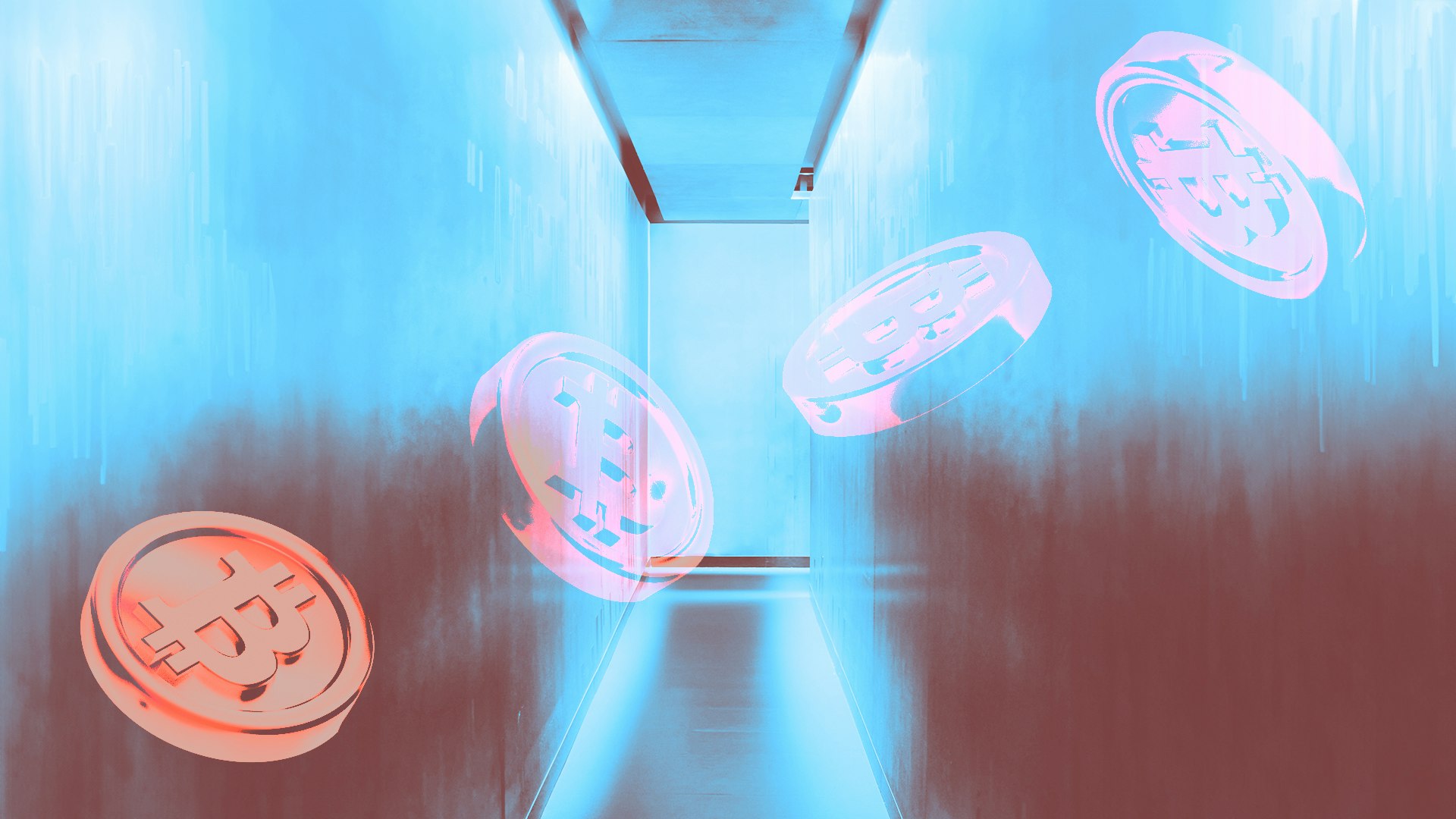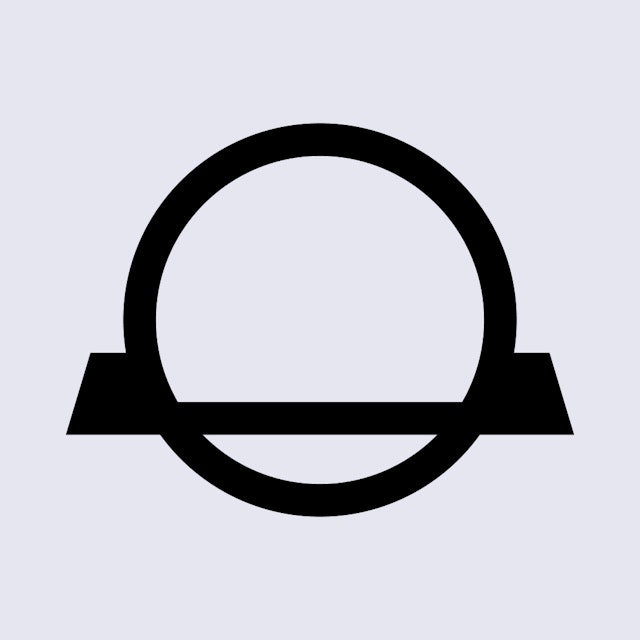Coming soon to the USA! While our services may not be available yet, sign up now to stay in the loop as we bring our innovative crypto solutions to America.
What is a Bitcoin Layer-2? How do I use it?
Bitcoin is no longer speculative. You can use it in everyday purchases. Here’s how.
In this article...
- Bitcoin is now capable of a lot more thanks to Layers 2s
- But what is a Layer 2 in Bitcoin?
- Here’s how Layer 2s are making Bitcoin faster and cheaper.

Bitcoin is the world’s first cryptocurrency, and while it’s incredibly powerful, it has some limitations, especially when it comes to transaction speed and costs. That’s where Bitcoin Layer-2 solutions come in! If you’ve ever wondered what a Bitcoin is, this article will break it down into simple terms.
What is a Layer-2?
A Layer-2 solution is a secondary network or technology built on top of Bitcoin’s main blockchain (Layer-1). It helps process transactions faster and cheaper while still being connected to Bitcoin’s secure and decentralised system.
Why Do We Need Bitcoin Layer-2 Solutions?
Bitcoin’s main blockchain (Layer-1) is designed to be secure and decentralised, but this comes at a cost.
Slow transactions
Bitcoin can only process about 7 transactions per second. Compare that to Visa, which can handle thousands per second.
High fees
As more people use Bitcoin, transaction fees can increase, making small payments expensive.
Layer-2 solutions solve these problems by handling transactions “off-chain” (outside the main blockchain) and then reporting the final results back to Bitcoin. This keeps Bitcoin secure while improving speed and reducing costs.
Examples of Bitcoin Layer-2 solutions
Here are the most popular Bitcoin Layer-2 technologies.
1. The Lightning Network
The is the most well-known Layer-2 solution for Bitcoin. It allows people to send and receive Bitcoin almost instantly with very low fees.
Instead of recording every transaction on the Bitcoin blockchain, the Lightning Network creates “payment channels” between users.
Transactions happen within these channels and are only added to the blockchain when the channel is closed. This makes it perfect for small, everyday payments like buying coffee or splitting a bill with friends.
The Lightning Network has seen adoption by mainstream financial services. (by Block, formerly Square) integrated Lightning Network in early 2022, enabling its 70+ million users to instantly send Bitcoin with minimal fees. This integration significantly expanded Lightning Network's reach to everyday users.
Strike, the digital payment app built entirely on Bitcoin's Lightning Network, has been at the forefront of adoption. It with Shopify to enable Lightning payments at millions of merchants.
This growing institutional adoption is particularly significant as it brings Lightning Network technology to millions of users who might not directly interact with cryptocurrency wallets, helping to overcome the technical barriers that previously limited Bitcoin's use for everyday transactions.
2. Stacks
Stacks is an innovative Layer-2 solution that brings smart contract functionality to Bitcoin. Unlike the Lightning Network which focuses on payments, Stacks enables full-featured smart contracts and decentralised applications (dApps) that leverage Bitcoin's security.
Stacks enables decentralised finance applications that use actual Bitcoin rather than wrapped tokens, unlocking Bitcoin's capital for lending, borrowing, and other financial services.
3. Sidechains
A sidechain is a separate blockchain that runs alongside Bitcoin’s main blockchain. It’s connected to Bitcoin and allows users to move their Bitcoin to the sidechain to use new features or faster transactions.
A sidechain might let you use Bitcoin for smart contracts (programs that automatically execute agreements).
It can also process transactions faster than the main blockchain.
Popular sidechains include Liquid Network and RSK.
4. State channels
State channels are similar to the Lightning Network but can be used for more than payments. They allow users to interact directly and only send the final result of their interaction to the blockchain.
Two users could play a game or make a series of trades, and only the final score or trade result would be recorded on the Bitcoin blockchain.
How do Bitcoin Layer-2 solutions help?
Bitcoin Layer-2 solutions offer several benefits.
Faster transactions
No more waiting 10 minutes for your Bitcoin transaction to confirm.
Lower fees
Layer-2 solutions reduce fees, making Bitcoin more accessible for small payments.
Scalability
As Bitcoin adoption grows, Layer-2 solutions ensure the network can handle more users without slowing down.
Are Bitcoin Layer-2 Solutions protected?
Yes. Bitcoin Layer-2 solutions are designed to work with Bitcoin’s main blockchain, which Bitcoin devs claim is one of the most secure systems in the world. However, like any technology, they have risks.
If you use a Layer-2 solution, you’re relying on its rules and security, not just Bitcoin’s.
It’s important to use trusted Layer-2 platforms and follow best practices for keeping your Bitcoin safe.
How do I start using Bitcoin Layer-2 Solutions?
Getting started with Bitcoin Layer-2 solutions is easier than you might think!
1. Lightning Network
Choose a Lightning-compatible wallet. Transfer some Bitcoin to your Lightning wallet. The wallet will automatically open a Lightning channel for you (most modern wallets handle this complexity). Start with a small amount (e.g., $10-$50) until you're comfortable.
Look for "Pay with Lightning" options on Bitcoin-accepting websites. Scan Lightning QR codes with your wallet. You can send instant micropayments to other Lightning users.
2. Sidechains
Liquid: Download a Liquid-compatible wallet. Create a Liquid account within your wallet. Convert BTC to L-BTC (Liquid Bitcoin) using the wallet's swap feature or an exchange that supports Liquid. You can now transact with faster settlement and enhanced privacy.
Using RSK (Rootstock): Install an RSK-compatible wallet like Liquality or MetaMask (configured for RSK). Add the RSK network to your wallet. Convert BTC to RBTC using services like FastBTC or exchanges. Use RBTC to interact with DeFi applications on RSK.
3. State Channels
State channels are typically accessed through specific applications built on them, rather than general wallets. Look for Bitcoin applications that mention "state channels" in their technology stack.
Conclusion: Bitcoin Layer 2s
Bitcoin Layer-2 solutions make transactions faster, cheaper, and more efficient. Whether you’re sending small payments with the Lightning Network or exploring sidechains for advanced features, Layer-2 technology is helping Bitcoin grow and adapt to the needs of the modern world.
Frequently asked questions
Do I need a Layer-2 to use Bitcoin?
No, you can use Bitcoin directly on the main blockchain. Layer-2 solutions are optional and help with speed and costs.
Are Layer-2 solutions only for Bitcoin?
No, other cryptocurrencies like Ethereum also use Layer-2 solutions to improve scalability.

Suggested Articles
What is Bitcoin (BTC)? What is "Digital Gold" Used For?
What is Bitcoin? It is a digital currency that can be traded, exchanged, and used as a form of payment independent of central banks and governments.What is Ethereum? What is ETH Used For?
Ethereum is a decentralised blockchain-based open-source software platform that allows for the development of decentralised applications (dApps).What Is Crypto? How do Cryptocurrencies Work?
Crypto has become incredibly popular. But how does this digital currency work? And are there cryptos other than Bitcoin?Browse by topic
Copyright © 2023 CoinJar, Inc. All rights reserved. The products and features displayed on this website are representative of our Australian and UK services and certain features may not be offered to customers residing in the United States, depending on applicable state and federal regulations.
Google Pay is a trademark of Google LLC. Apple Pay and Apple Watch are trademarks of Apple Inc.
This site is protected by reCAPTCHA and the and apply.